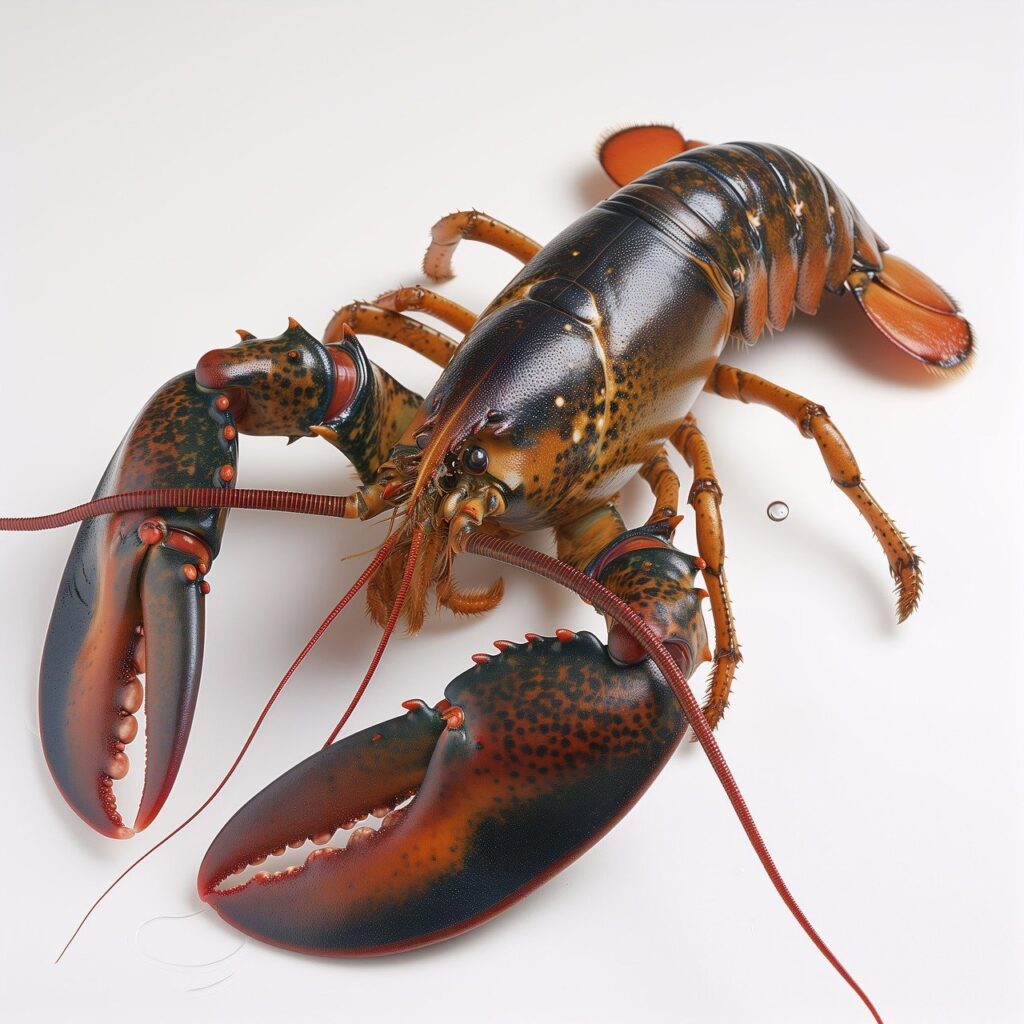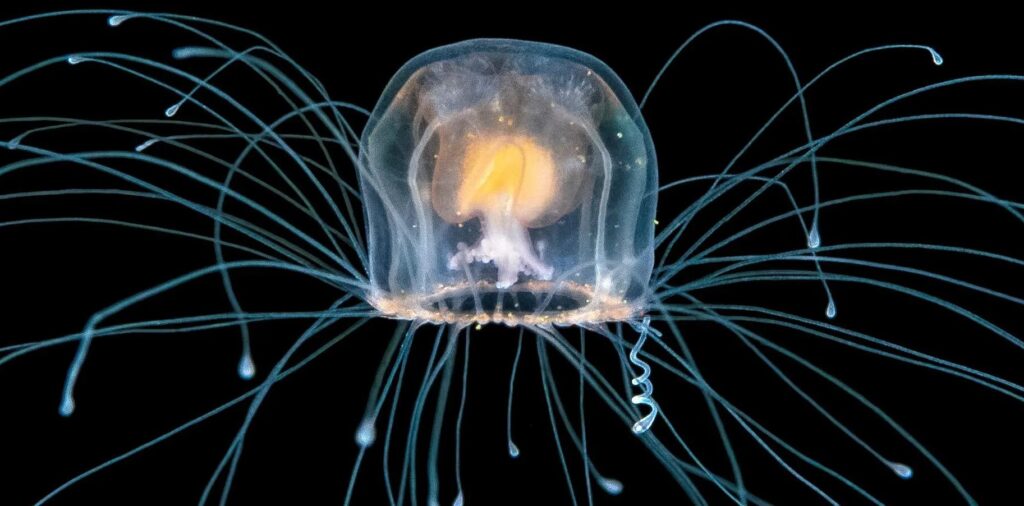The elusive pursuit of immortality has captivated humanity for countless ages, with legends and scientific endeavors exploring the boundaries of our fleeting existence. Although immortality is currently beyond our grasp, there are two creatures that may offer insight into the possibility of unlocking the secrets of eternal life. The Immortal Jellyfish (Turritopsis dohrnii) and the enigmatic lobster possess unique abilities that scientists are studying for clues on the secrets of immortality and extension of human life.


Lobsters
Lobsters can live for a long time and can grow indefinitely, regenerating lost limbs and organs, and replacing their shells as they grow. They heal from injuries quickly and can regenerate parts of their nervous system, including their brain. Lobsters have an indeterminate lifespan, surviving without aging for an extended period. They inhabit cold water and can even thrive in the depths of the ocean.
The crustaceans’ exoskeleton is what gets in it’s way of growing indefinitely. As the immortal lobster grows, they have to discard their old shells and regrow new ones. This process is energy dense and stressful for the creature and over time when a lobster reaches a certain size it can’t ingest enough calories to build a large enough shell. The exertion from this process is too much and so they stop molting their shell, causing infections and ultimately, death. Of course they can also die from other diseases, predation, or environmental changes as they age.
The Immortal Jellyfish
The immortal jellyfish is a see-through hydrozoan that can transform its cells from one type to another, essentially restarting its life cycle. This unique biological process of transdifferentiation allows this jellyfish to evade aging and death, potentially allowing it to live forever. They thrive in warm waters in the Pacific, Atlantic, and Indian Oceans, measuring only a few millimeters in diameter. Their incredible adaptability allows them to withstand significant fluctuations in temperature and salinity, making them incredibly resilient creatures.
Despite their unique abilities, these creatures face many threats in the wild. Overfishing, pollution, and climate change are all contributing to the decline of marine ecosystems. These threats could have devastating effects on this and other species. This could make it essential to continue studying them to learn more about their biology and ecology and to develop conservation strategies.
Telomerase
The possible key to immortality is telomerase, an enzyme that can prolong the life of cells. Telomerase is present in certain organisms. This includes lobsters and jellyfish. This is why scientists are investigating them carefully for insights into expanding human life expectancy and discovering the mystery of immortality.
Biological Immortality
While biological immortality is very rare, the immortal lobster and the immortal jellyfish are fascinating examples of nature’s ability to push the boundaries of what we consider possible. While they may not possess the immortality we often attribute to them, their unique biological characteristics challenge our understanding of aging and mortality. Continued research on these creatures may lead to innovations in regenerative medicine or life extension technologies.
The search for immortality is ongoing. The immortal lobster and the immortal jellyfish are just two examples of nature’s resilience and adaptability. Studying these creatures could hold the key to unlocking new insights into human aging. It could potentially lead to breakthroughs in regenerative medicine or life extension technologies. As we strive to unlock the secrets of eternal life, the natural world offers a wealth of knowledge and inspiration.

